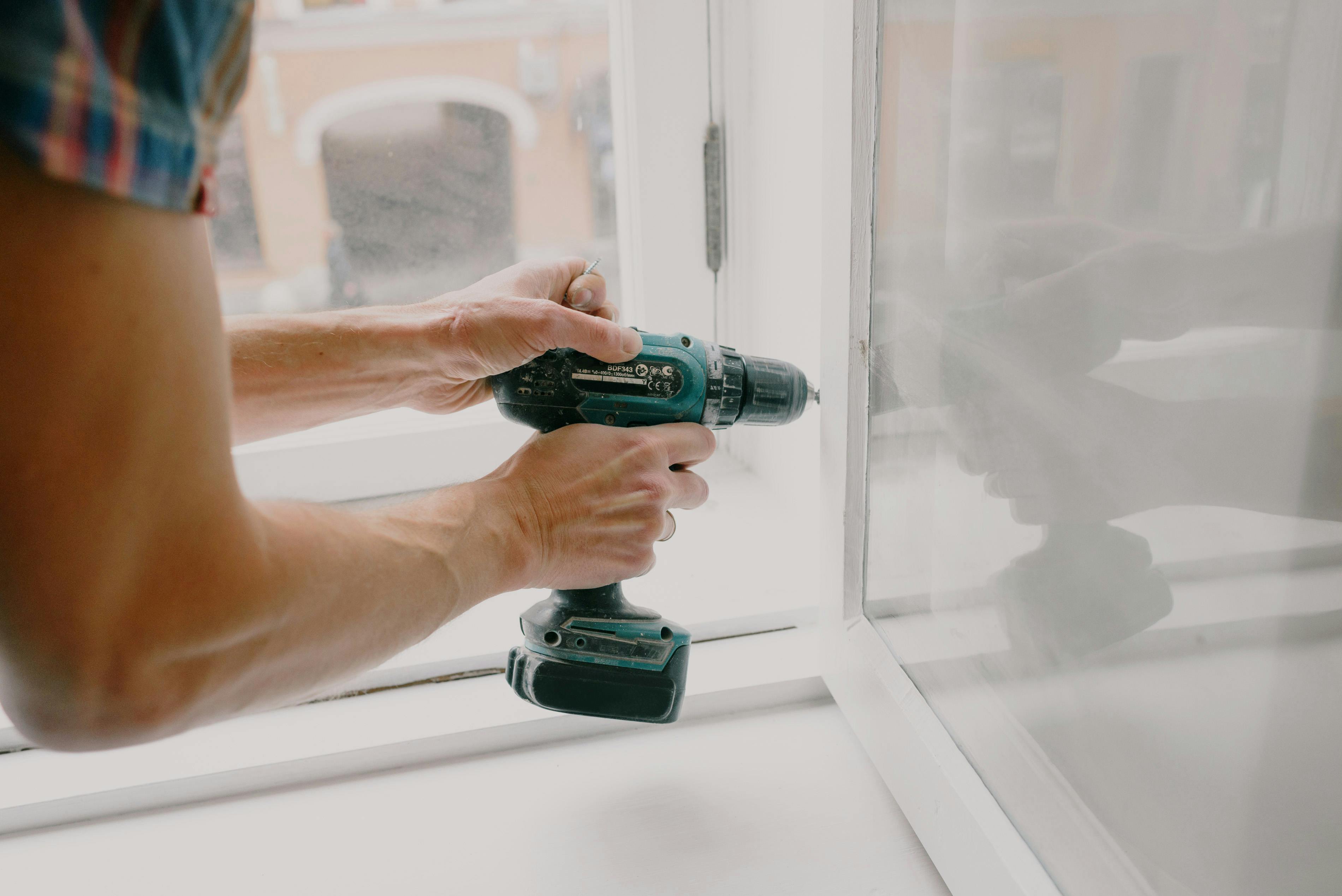
An Introduction to Sash Window Restoration
Having been in practice since the 17th century, sash windows are an integral architectural element of many traditional UK homes. These windows, known for their aesthetic appeal and charm, have survived through hundreds of years, exhibiting a longevity that's hard to rival. However, like every other asset in a home, these windows too, at times, require maintenance and repair work, which brings us to the concept of sash window restoration.
In this comprehensive guide, we will delve into the realms of sash window restoration, taking a closer look at both its pros and cons to provide homeowners with a balanced view of this home improvement project. By doing so, we aim to help those individuals who are in two minds, unable to decide whether to restore or replace their existing sash windows.
What is Sash Window Restoration?
Before we delve into the pros and cons, it's crucial to understand what the sash window restoration process entails. In essence, the restoration process involves repairing old, damaged sash windows, reinforcing the original features while enhancing their functionality and longevity. The primary goal is to retain the original character of these traditional windows, while also assuring comfort, efficiency, and security for the homeowners.
Advantages of Sash Window Restoration
The first and foremost advantage of opting for a sash window restoration project is the potential for aesthetic preservation. Traditional sash windows add a unique period charm to a property that's hard to replicate with modern window designs. Besides preserving the original character and authenticity of traditional homes, a well-restored sash window also increases the property's market value, making it a noteworthy investment.
Secondary glazing can be integrated into the restoration process to address the commonly associated problem of heat loss with sash windows. This not only enhances the thermal efficiency but also significantly reduces external noise, contributing to a comfortable and peaceful indoor environment.
Alongside these functional benefits, sash window restoration is generally the more eco-friendly option when compared to replacement. Instead of contributing to landfill waste with an old window, restoration allows homeowners to minimise their carbon footprint by prolonging the existing window's lifespan.
Disadvantages of Sash Window Restoration
Despite its numerous positives, sash window restoration is not without its drawbacks. The restoration process can be complex, involving immense skill and attention to detail. This, coupled with the use of high-quality materials required to ensure longevity, can make the process expensive. Homeowners need to get multiple quotes and carefully compare them to ensure they are getting good value for their investment.
Weather conditions can also impact the longevity and effectiveness of the restoration. Wood, being an organic material, is susceptible to rotting and warping in harsh weather. Homeowners may thus need to undertake regular upkeep to maintain the aesthetics and functionality of these windows.
Finally, the process requires a significant amount of time. Perfecting the restoration process to retain the original character and ensuring high-quality workmanship equals a considerable investment in terms of time.
Conclusion: Is Sash Window Restoration Worth it?
Weighing up the advantages and disadvantages of sash window restoration, it becomes apparent that the decision primarily depends on individual circumstances and preferences. If your aim is to preserve the historical charm and aesthetic of your property and you are willing to invest the required time and money, sash window restoration is undoubtedly a worthwhile endeavor. Conversely, if you prioritize lower maintenance, you may want to consider modern replacements.
Remember, no matter what you decide, always ensure the use of accredited professionals to guarantee the highest quality of work and the best possible outcome for your property. Finally, it's important to keep in mind that restoration, if done right, preserves a piece of history, which is a reward in itself.